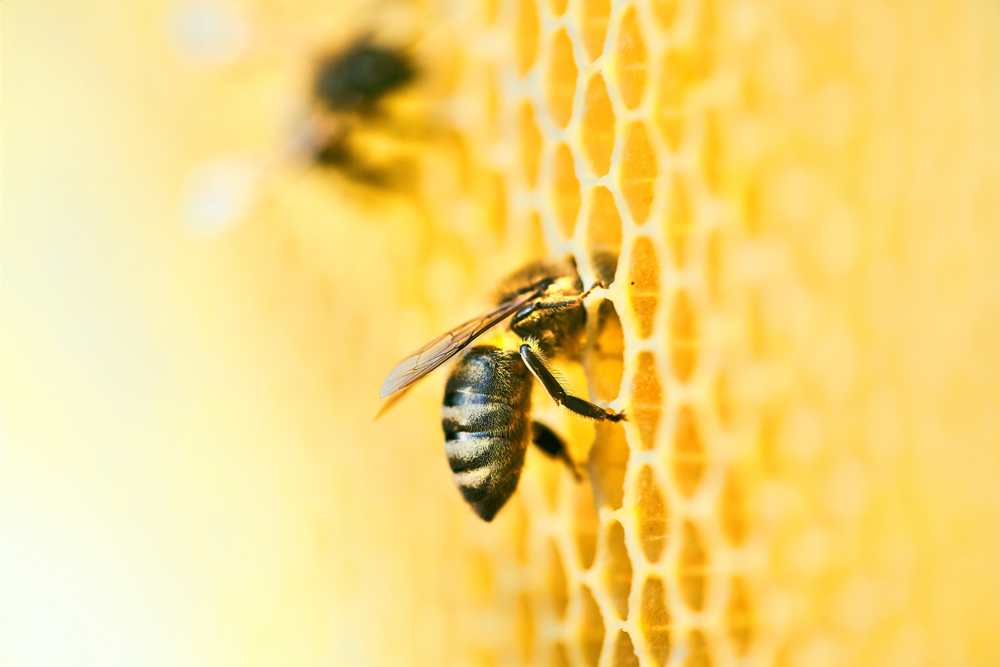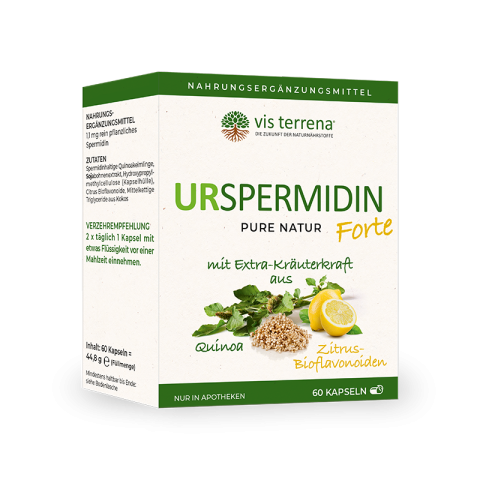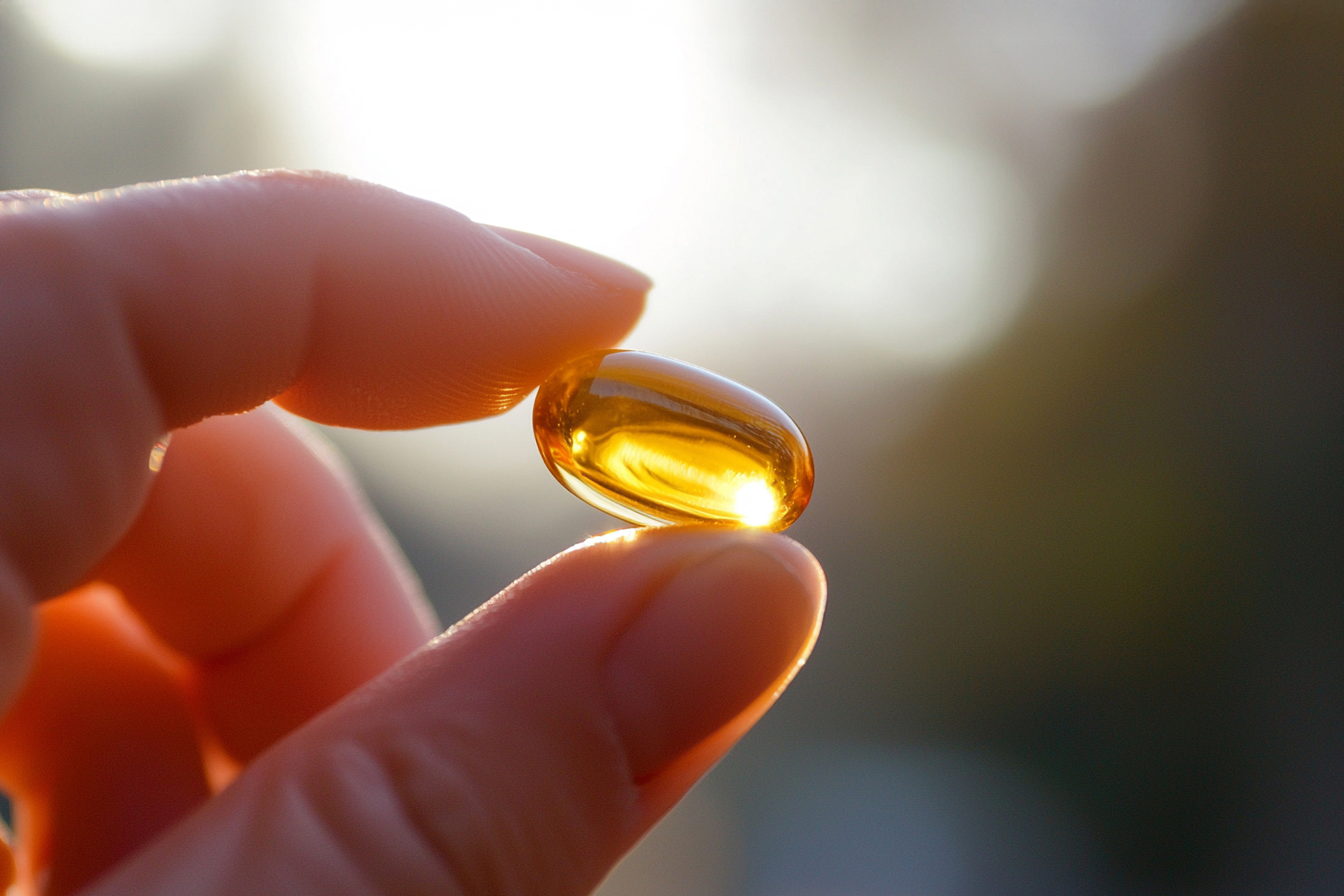
There's a herb for everything
It used to be common practice to have homemade remedies made from various herbs and herbal mixtures at home. The power of herbs has been with us for a lifetime, but only now is it being rediscovered from oblivion.
Food is medicine and medicine is food
There is a lot of power in medicinal plants. Regardless of whether they grow on your doorstep – in the garden, on a meadow or at the edge of the forest. We would like to introduce you to the green kingdom and introduce you to some of nature’s treasures. You will learn more about naturopathy / herbalism and the unique effects of wild herbs as well as their ingredients and properties.

Acerola cherry
Acerolas are evergreen shrubs or small trees that grow in Central and South America up to altitudes of 1600 metres. The fruits of the acerola cherry are similar in colour and shape to native cherries, although they are slightly divided into three parts. What is striking about the sour fruits is their high vitamin C content: 100 g of fresh juice contains 1000 to 1500 mg of vitamin C. This natural vitamin C is more effective than pure ascorbic acid. The reason for this “tuned” effect are so-called polyphenols, which are abundant in acerola cherries. Acerola cherries also contain other plant substances known as flavonoids, which are considered antioxidants and protect the body from free radicals.
Acerola fruits can be eaten raw, but they are so soft that they need to be processed immediately after harvesting. This is why they are not available in European supermarkets.

Rose hip
Rosehips are the fruits of various types of roses, but especially of the dog rose – a species of wild rose. The dog rose, which is native to the whole of Europe and grows at altitudes of up to 1600 metres, was given its name as a supposed cure for rabies – also known as “dog rabies”. The rosehip fruit is an aggregate fruit that contains many small nuts covered with hairs inside. Children like to use these little nuts as itching powder. However, the flesh contains a large amount of vitamin C, vitamin B1, vitamin B2 and carotenoids. The natural vitamin C, as well as carotenoids and polyphenols, are excellent sources of antioxidants. Drinking rosehip as rosehip tea stimulates the immune system and helps the body to fight off pathogenic viruses, bacteria and fungi.

Annual mugwort
The annual mugwort (Artemisia annua) – not to be confused with the common mugwort that grows everywhere in China – has a tradition in traditional Chinese medicine that goes back thousands of years. The herbaceous, annual plant grows in the warm summer regions of Eurasia. An important ingredient of annual mugwort – artemisinin – was isolated from the plant in 1971. This artemisinin has been used in TCM for a very long time in the treatment of malaria and in cancer therapy. In 2015, the Chinese pharmacologist Tu Youyou was even awarded a Nobel Prize for the extraction of artemisinin. The medicinal herb annual mugwort can be used to treat fever and colds, with teas being particularly suitable.
Since April 2020, studies on annual mugwort in connection with COVID-19 have been conducted at the Max Planck Institute of Colloids and Interfaces in Potsdam. An antiviral effect was found here, which could be further enhanced by combining it with coffee.

Japanese honeysuckle
Japanese honeysuckle (Lonicera japonica) is an evergreen shrub with 3-5 cm large, white, fragrant flowers that is native to Japan, Korea and China. In Chinese medicine, the flowers and stems of the plant are the basis for medicines. But beware, the berries (seeds) of the honeysuckle are poisonous! In Europe and America, it is becoming increasingly popular as an ornamental plant. Japanese honeysuckle has been used in traditional Chinese medicine under the name Jin Yin Hua since the 7th century to treat heat symptoms. In China, Japanese honeysuckle was also used as the basis for COVID-19 therapy, together with other TCM herbs. The areas of application range from hepatitis, rheumatism and infections to skin diseases.

Sage
Sage (Salvia officinalis) is an aromatic herb that can also be found in many gardens in our latitudes. As a rather warmth-loving Mediterranean plant, it is only hardy to a limited extent. Sage contains essential oils as well as tannins, bitter substances and flavonoids. The use of sage as a medicinal plant dates back to ancient times, which is also indicated by its name (salvus means whole, healthy). As a tea, we know it primarily as a gargle for sore throats and sore throats; its antiperspirant effect is less well known. The medicinal plant sage is traditionally known for its antibacterial (= antibiotic), antiviral, anti-inflammatory (gum complaints) and astringent (astringent) effects. Sage is also used in the kitchen, especially in meat and fish dishes. Here it aids the digestion of fatty foods due to its bitter and tannin content. These substances in sage also have an antispasmodic effect and provide pain relief.

Tea plant
The tea plant (Camellia sinensis), from which both green tea and black tea are made, is an evergreen shrub that is native to Japan, Korea and China. In the production of green tea, the leaves are dried immediately after harvesting, whereas the leaves of black tea are first subjected to a fermentation process. Camellia sinensis has a millennia-long tradition as a stimulant. Green tea contains many secondary plant substances such as caffeine, catechins (in particular epigallocatechin gallate) and tannins. There are over a hundred studies on epigallocatechin gallate, which prove its health-promoting effect in the cardiovascular area, in the field of dementia research, as well as improved resistance to bacteria and viruses. It has also been shown that the simultaneous intake of green tea and vitamin C improves the bioavailability of epigallocatechin.

Bitter orange
The bitter orange (Citrus aurantium) is a citrus fruit that probably originated from a cross between grapefruit and mandarin. While sweet oranges were only introduced to Europe in the 15th century, bitter oranges arrived in Italy as early as the 11th century AD. The fruit itself tastes very sour, while the white layer under the peel has a bitter flavour. The outer peel is used to make candied orange peel and the whole fruit is used to make orange marmalade. Bitter oranges are also used to make Curacao orange liqueur.
Bitter oranges are particularly rich in bioflavonoids, which are particularly good sources of antioxidants and also have an antibacterial and antiviral effect. The positive properties of the citrus fruit are many and varied, including anxiolytic, calming and they help with weight loss.

Propolis
Propolis is produced by bees and is a resinous mass. In the beehive, it is used to seal small gaps and openings, but also to kill bacteria, viruses and fungi as protection for the brood. To make it, the bees collect resins as well as pollen and essential oils from trees and flower buds and mix them with wax and saliva secretions. Propolis was already used in ancient Egypt, but in this case for embalming and thus preserving mummies.
Propolis is an effective antioxidant. An antiviral (virus-killing), antibacterial (germ-inhibiting) and antifungal (fungus-inhibiting) effect has been proven in various scientific studies.

Lemon balm
Lemon balm (Melissa officinalis) originally comes from the eastern Mediterranean. It is a perennial plant that can grow up to 30 years old and has a lemon-like scent. The name lemon balm is derived from the Greek “meli = honey”, as lemon balm is a favourite bee pasture. In addition to essential oils, lemon balm contains rosmarinic acid in particular, whose antiviral effect is used in herbal medicine, especially in the treatment of cold sores. It is used both as a stimulant (spice and tea herb) and in medicine (tea and extracts). Lemon balm also has a long tradition of being used to calm the stomach and nerves, as a sleep aid and for colds. Lemon balm is used wherever rhythmic processes have got out of hand. For example, for heart problems, gastrointestinal complaints, menstrual cramps, headaches and depression. It also became famous as the eponymous ingredient of Klosterfrau Melissa Spirit.

Targeted health improvement through advanced micronutrient supplements: with our products, this is no utopia, but a tried and tested reality.

















